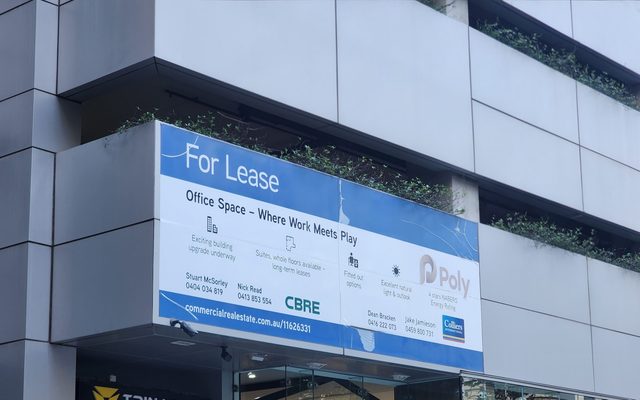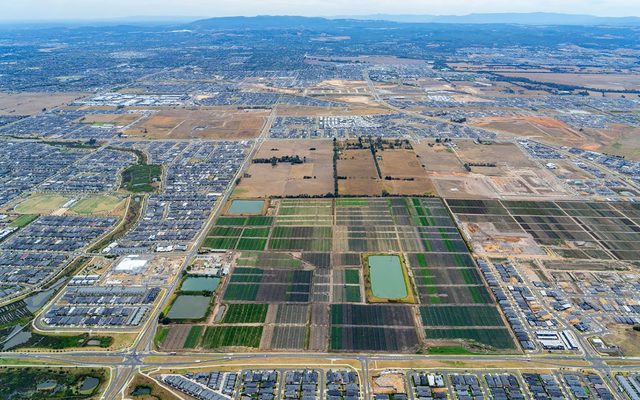This article is from the Australian Property Journal archive
GROWING volumes of older stock again pushed up the national total of residential listings by nearly 4% in May, as sales activity slowed during the coronavirus lockdown.
Canberra was the only capital city to record a decrease over the Month, down by 0.8%, according to the latest data from SQM Research.
Total listings increased 3.9% to 304,137. Melbourne and Sydney posted the largest rises of 11.6% and 10.9% respectively, and Hobart also recorded a large increase of 7.8%.
There was a minor decline in listings that have been on the market between 30 to 60 days, suggesting a drop of sales activity for the month. Sydney and Melbourne did record rises.
Stock sitting in the market for most than 60 days jumped by 12% to 221,117. Louis Christopher, managing director of SQM Research, said rise in listings at the national level was driven by the older stock not selling.
“This tells me it is a patchy market with vendors struggling to meet their pricing expectations. New listings actually fell for the month at the national level, which is abnormal for May,” he said.
“Though we have recorded rises in new listings for Sydney and Melbourne, other cities such as Brisbane, Adelaide and others recorded a decline in new stock. Many regional locations also recorded falls in new listings.”
Coronavirus lockdown measures across the country were gradually eased during the month and open home inspections and auctions resumed, although with some restrictions still in place. Sales activity had plummeted by about 40% in April.
On an annual basis, national listings are down by 12.0%. Perth recorded a 20.0% decline, followed by Darwin with 18.8% and Hobart with 15.8%.
Most capital cities recorded marginal asking price increases for the month to 2nd June. Sydney’s unit prices fell 0.4% while houses in Brisbane, Darwin and Hobart recorded declines of 0.3%, 1.1% and 0.1%, respectively.
Darwin’s unit prices posted the strongest monthly growth with a 7.2% jump, followed by Hobart’s 1.5% unit price increase and Perth’s houses with 1.2% uplift.
Only Perth and Darwin experienced declines in house and unit prices year on year. All other capital cities recorded growth, led by Sydney recording a strong 13.7% increase and Melbourne 11.9%, while Hobart posted 10.0% house price growth and 18.2% growth for units.
According to AMP Capital chief economist Shane Oliver, significant policy support and the earlier reopening of the economy has made AMP Capital’s worst-case scenario for a 20% decline in average Australian house prices unlikely, although the base case is for home prices to fall around five to 10%.




